
— Reply with “Good Morning”, and the Lifestyle Guru will send you daily health and good mood tips —

SNOWING

Snow has come with winter

Today’s Guide Strategy
In TCM theory, “Jin Ye” (Body Fluids) is a very important concept, and throughout history, TCM practitioners have always paid close attention to “Jin Ye”.
From the perspective of Yin and Yang, “Jin Ye” is essentially a part of “Yin”, hence the term “Yin Jin” (Yin Body Fluids).
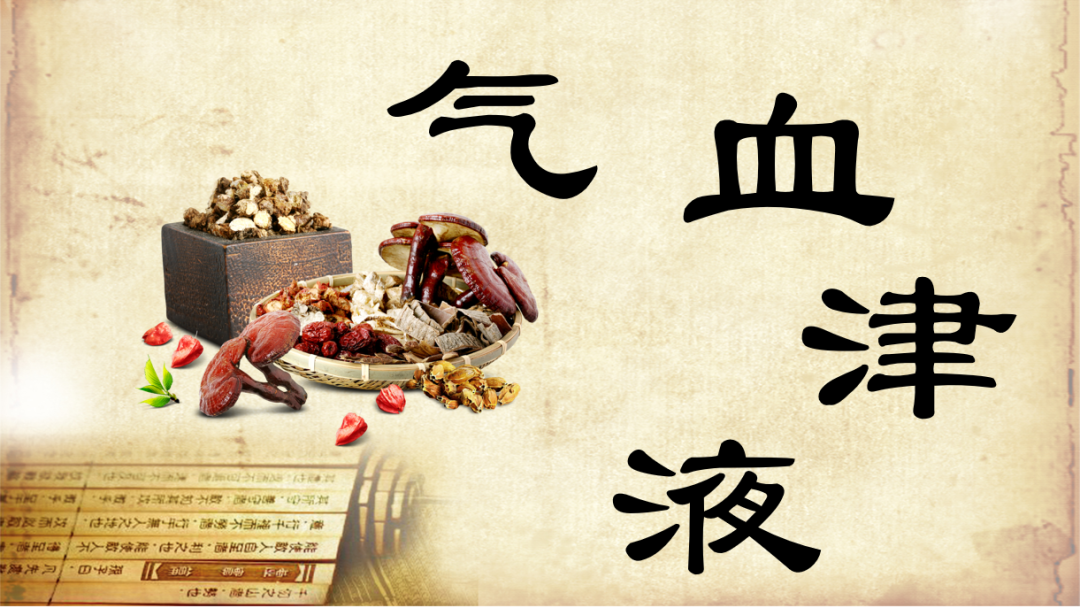
If we only talk about the physiological aspect of “Jin Ye”, it is quite simple; it is merely the essence of food and water that has been transformed by the spleen and stomach, and its turbid part is “Jin Ye”, which serves to moisten the entire body. For example, “Ying Blood” (Nutrient Blood) is a part of “Jin Ye”.
So, how should we understand “Jin Ye”?
For most people, and even for those interested in TCM theory, the most concerning part is the pathological mechanisms related to “Jin Ye”.
Indeed, when the body’s functions are normal, we rarely feel the presence of “Jin Ye”. However, once we sense changes in “Jin Ye”, it often indicates that there is a pathological change in “Jin Ye”.
Therefore, I believe that to better understand “Jin Ye”, we can familiarize ourselves with TCM’s “Jin Ye Diagnosis”.

In TCM theory, the syndromes of “Jin Ye” are relatively simpler compared to the differentiation of organs. The common types are roughly divided into two categories: “Insufficient Jin Ye” and “Water and Fluid Accumulation”. Next, we will elaborate on these two aspects.
1. Insufficient Jin Ye
From the perspective of deficiency and excess, insufficient “Jin Ye” can be seen as a deficiency syndrome, indicating that due to the lack of “Jin Ye”, the ability to nourish the entire body is insufficient, leading to a series of symptoms characterized by dryness.
It is important to note that insufficient “Jin Ye” has its objective causes, commonly seen as dryness and heat damaging “Jin Ye”, or due to sweating, vomiting, diarrhea, blood loss, etc., all of which can lead to insufficient “Jin Ye”.
Thus, while insufficient “Jin Ye” is often represented as a deficiency syndrome, its causes are frequently due to excess pathogens, such as warm diseases and dryness-heat.

This also determines that the treatment method for insufficient “Jin Ye” cannot simply be to “supplement the deficiency”, but should be combined with the cause of the disease, coordinating the development of the pathological mechanism, while nourishing Yin and eliminating the causes of insufficient “Jin Ye”. This is also a characteristic of treating insufficient “Jin Ye”.
As mentioned earlier, the physiological function of “Jin Ye” is to moisten the entire body. Therefore, insufficient “Jin Ye” will evidently lead to a series of symptoms of dryness, such as thirst, dry throat, chapped lips, dry skin and hair, scanty urination, dry stools, red tongue with little moisture, and thin rapid pulse, etc.
The characteristics of insufficient “Jin Ye” arise because the deficiency of “Jin Ye” leads to insufficient nourishment of the skin, lips, and throat, resulting in dryness and lack of luster.
Moreover, the deficiency of “Jin Ye” also leads to insufficient urination and poor nourishment of the large intestine, resulting in scanty urination and dry stools. As for the red tongue with little moisture and thin rapid pulse, they can be seen as signs of internal heat due to “Jin Ye” deficiency.

2. Water and Fluid Accumulation
From the perspective of deficiency and excess, water and fluid accumulation is generally categorized as an excess syndrome. However, similar to the causes of insufficient “Jin Ye”, water and fluid accumulation is often a product of some deficiency syndromes, such as spleen deficiency leading to dampness.
The so-called water and fluid accumulation refers to the abnormal distribution and excretion of water and fluids, leading to the internal generation of phlegm and fluids, or simply resulting in edema due to excessive water and fluids. Its causes are complex and can be due to external pathogens or internal injuries to the organs.
Of course, water and fluid accumulation is also a relatively broad concept, which can be divided into two main categories: water and fluids, and phlegm and fluids. In simple terms, a large quantity is classified as water and a small quantity as phlegm and fluids. Among them, water is primarily characterized by edema, which can be further divided into Yin and Yang types, while phlegm and fluids can be divided into phlegm and fluids.

1. Water
Edema is a concept that is relatively easy to understand. In simple terms, it refers to the visible swelling of the body due to excessive water and fluids, leading to changes such as swelling in the head, face, limbs, chest, abdomen, and even the entire body.
Yang Edema: Yang edema is mostly an excess syndrome, occurring rapidly, often caused by external wind-dampness or water-dampness. It primarily starts with swelling of the eyelids, followed by the face, and eventually spreading to the entire body. It is often accompanied by scanty urination, and may also include chills, fever, no sweating, thin white tongue coating, and a floating tight pulse.
The key points for diagnosing Yang edema are mainly its rapid onset, aggressive nature, and prominent swelling in the head and upper body. This is because the invasion of wind pathogens affects the muscle surface, leading to dysfunction in the lung’s defensive mechanism, causing wind to obstruct water, resulting in edema. It is often accompanied by symptoms of chills and fever, historically referred to as “wind edema” by TCM practitioners.

Yin Edema: Yin edema is mostly a deficiency syndrome, although some cases may belong to excess syndromes, and it usually develops more slowly, often due to internal injuries from overwork, deficiency of spleen and kidney Yang, or weakness of the righteous Qi.
Yin edema is also primarily characterized by swelling, but it is more pronounced in the lower body, particularly below the waist. The swelling is often pitting and slow to rebound, accompanied by symptoms such as abdominal distension, poor appetite, loose stools, pale complexion, fatigue, scanty urination, pale tongue, white slippery coating, and a deep slow pulse.
From the perspective of the organs, the spleen governs the transportation and transformation of water and dampness, while the kidneys govern water. Weakness of both the spleen and kidneys can lead to metabolic disorders of water and fluids, resulting in excessive water and dampness in the lower body, commonly due to deficiency of spleen and kidney Yang.

2. Phlegm and Fluids
Although we often group phlegm and fluids together, as they are both products of organ dysfunction and fluid stagnation, there are indeed differences between them: phlegm is tangible, while fluids are intangible. In other words, phlegm tends to be thick and sticky, while fluids are more clear and thin.
Phlegm: is mostly formed from the condensation of water and fluids. Its texture is thick and it accumulates between the organs, meridians, and tissues. Both external pathogens and internal emotional disturbances can lead to organ dysfunction, resulting in the formation of “Phlegm”.

The main manifestations of phlegm syndrome include cough with phlegm, thick phlegm, often accompanied by fullness and oppression in the chest, poor appetite, nausea, dizziness, or even confusion and mania, with phlegm sounds in the throat. Some may also experience numbness in the limbs, nodules such as scrofula, goiter, breast lumps, and phlegm masses, generally with a white greasy tongue coating and slippery pulse. Therefore, TCM has long held that “strange diseases often involve phlegm”.
Fluids: are a type of clear and thin water. They can also stagnate between the organs and tissues, leading to various symptoms, often due to the decline of organ function.
Common manifestations include cough and wheezing, thin phlegm, chest tightness and palpitations, even difficulty lying down, abdominal distension, gurgling sounds, vomiting clear fluids, dizziness, limb swelling, heaviness, and a slippery white tongue coating with a wiry pulse.
Generally speaking, if there is cough and wheezing, chest tightness or difficulty lying down, it is often due to fluids stagnating in the lungs, causing lung Qi to rebel.

If there are palpitations, it indicates that the fluids are obstructing the heart, leading to heart Yang being blocked; if the fluids stagnate in the stomach and intestines, it will cause abdominal distension, gurgling sounds, and even vomiting clear fluids.
If the fluids spread to the limbs and skin, it may lead to limb swelling, heaviness, and difficulty urinating.
In summary, in TCM theory, “Jin Ye” is a broad concept. The aforementioned insufficient “Jin Ye” essentially refers to “Insufficient Zheng Qi” (Note: here, Zheng Qi does not refer to Qi alone, but generally refers to the body’s Yin, Yang, Qi, and Blood).

Moreover, water and fluids are also a type of “Jin Ye”, but more accurately, they are a pathological form of “Jin Ye”. Whether it is dampness or phlegm and fluids, they are all formed from the improper distribution of “Jin Ye”.

Spring Summer Autumn Winter

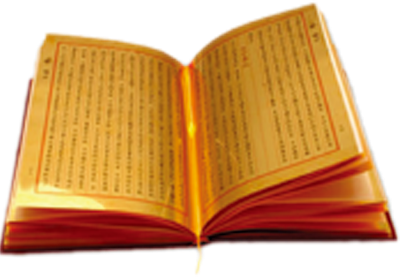
Share with those you care about!
One more person means one more share of health!
Coming from different warmth and happiness!
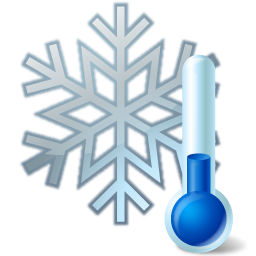
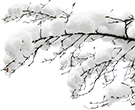
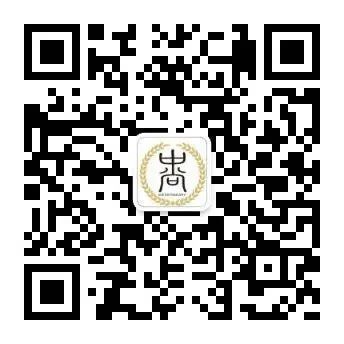
Scan to follow
Learn more about winter life
End
Thank you for reading

Click to see you healthiest

